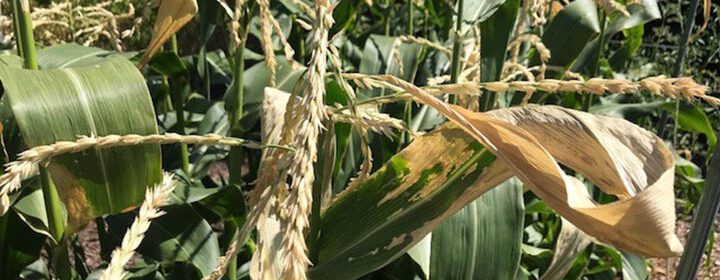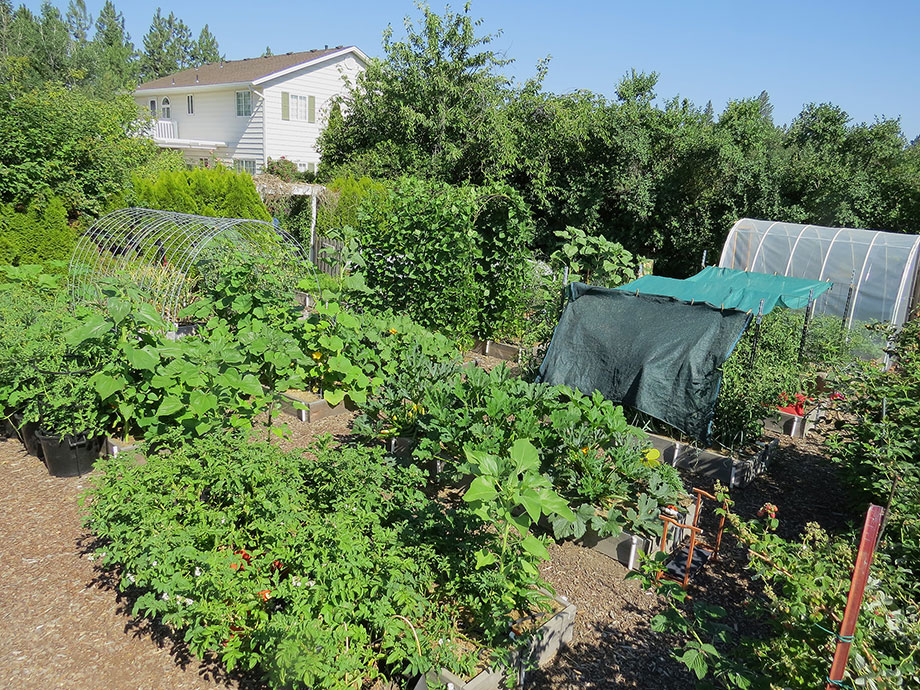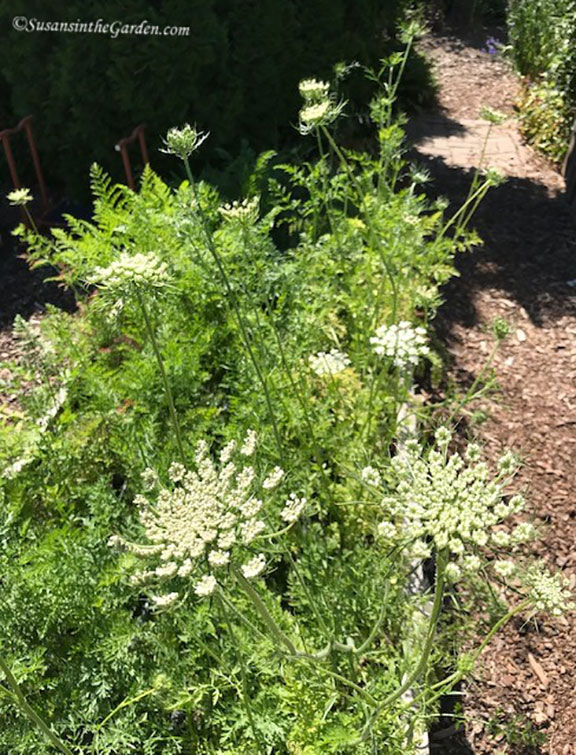July 25 Column: Heat Wave Impact on Gardens

This has been a tough summer for gardeners everywhere. Here in the Northwest, we recently went through an awful heat wave. The highs ranged from 105 to 111 degrees F. And to add insult to injury, it began in late June. That’s way too early for plants because they were just starting to hit their stride.
For this week’s garden column, I wrote about what we can do to help our plants survive the heat. You’ll also read what other gardeners did. Here’s a link to it in today’s edition of The Spokesman-Review: Gardeners adapt to the heat wave in Spokane and elsewhere. (or you can read the text of my garden column farther down in this post)
I thought it was interesting to hear about other gardeners’ methods. Better still, I wanted to learn what they plan to do differently for future gardening seasons. You’ll pick up some interesting tips for helping your plants through some tough times. I’m sure we’re all wondering if more extreme heat waves are in our future. If this the new norm? I hope not because it was pretty awful but smart gardeners think ahead and come up with strategies, right?
In the meantime, other regions of the country (and world) are experiencing severe storms, floods and heat waves. Please stay safe, everybody!
In my newest video, you’ll learn how our garden is coming along. Find out which crops were the hardest hit by the heat wave and which ones seem to be bouncing back. You can watch the July vegetable garden tour below:
What’s happening weather-wise in Spokane now? Well, we had two delightful days where the highs only went up to the 80s. Boy, did that feel great! I even got a bit of gardening done. That was helpful because it’s been too hot for me to accomplish much outdoors. Unfortunately, we’re heading back into the 90s starting tomorrow.
Heat Wave Garden column:
In the 40-plus years I’ve lived in Spokane, I have never experienced temperatures between 105 and 111 degrees F. Add an extreme drought on top of that and gardens will struggle.
When I first learned of the forecast, I was in a state of disbelief. But once those high temperatures arrived, a sense of panic washed over me. It turns out I had plenty of company because emails from concerned gardeners started flooding in.
Heat wave impact on our garden:
Here’s what Bill and I did to try to lessen the impact on our vegetable garden:
This time of year, our drip irrigation system runs 10 minutes both in the morning and early evening. We had to double that time plus we hand-watered some of the vegetables that still wilted from the heat. I watered all container-grown plants multiple times a day. We placed shade cloth over our three tomato beds and the pepper bed to cut down on the intensity of the sunlight.
Before the heat wave, our corn plants were on track to be waist-high well before the 4th of July. The foliage was lush and deep-green. After a couple of days of intense heat, the plants stopped growing and many upper leaves burned to a crisp.
The tomato plants didn’t care for the heat at all. Their leaves curled upward, a condition known as “physiological leaf roll,” in response to the temperatures. Instead of seeing flowers and young developing tomatoes, I was greeted by the sight of very unhappy plants. The peas and lettuce shut down, but that is customary for those cool-season crops.
The summer squash plants decided the heat wave was great. They put on lush green growth and cranked out so many zucchinis that a trip to the food bank is on my list of things to do. The winter squash grew by leaps and bounds as well.
How other gardeners handled the heat wave issues:
How did Northwest gardeners – as well as those who are also experiencing heat waves elsewhere – handle the challenges?
Spokane Valley resident, Marilyn Brady Carothers, experienced mix results in her garden. “The snap peas did fine, but the shelling peas tanked as did the strawberries and raspberries. The broccoli isn’t looking very good and the spinach bolted but everything else is flourishing. I’ve got a ton of weeds but who could be out there weeding when it was 85 degrees by 9 a.m.? I’m definitely recording all of this in my garden journal.”
Brooke Davey of Walla Walla was grateful for her mobile garden. “I’m growing squash and strawberries in wheelbarrows,” she explained. “I pushed them over to a spot under my large maple so they got morning sun but no sun after about 2 p.m. My peppers, cucumbers, and basil are growing in old washbasins. I put those in my wagon and pulled them next to the wheelbarrows in the partial shade of the tree. None of those plants showed any signs of stress or burn.”
Sharon Luft, who used to live in Northern California but now resides in Vancouver, Wash., is putting her California experiences to good use. “We are returning to our drought conditioning and following the Brits by collecting rain water this winter to supplement us in the worst heat waves next summer,” she said. “I watered after the sun went down and before sunrise. There was very little loss and some sunburns. We got majority of the berry harvest by using frost cloths.”
Gene Ewert in Kansas practices pre-emptive harvesting. “We harvest produce as soon as things are at even a minimal level for picking to hopefully keep the plants’ stress levels down. We always mulch around them, too.”
Janice Harris Impson, who lives in Louisiana, has a lot of experience with high temperatures. “Mulching is a big key to gardening in the South. My plants always bounce back after a heat wave and start producing again. They may stop if it heats up again but will start back each time it cools down until there are continuous days of heat. Then they won’t produce enough to bother with gathering.”
When Connecticut gardener John Mezzacappa read one of my social media posts about how our corn patch was struggling, he shared an interesting observation: “If you planted corn typical of what is grown in the Midwest, you will be fine. If you planted a variety more commonly grown in New England, you are unlikely to get a corn harvest.”
Carol Nichols intends to think ahead when ordering seeds for next year’s garden. “I’m going to look for varieties of tomatoes and beans, etc. that are more heat tolerant. I’m afraid this extreme hot weather may become the new normal.” (column end)
And last but not least, here’s a photo of part of our carrot bed. As you can see, the heat wave caused many of our carrot plants to bolt to seed. Very unusual and very frustrating!


